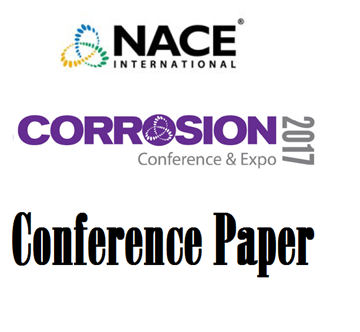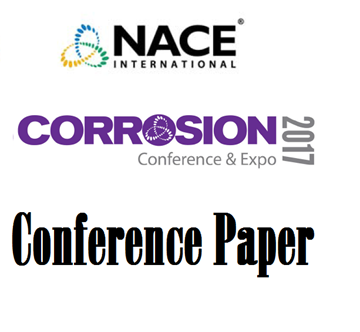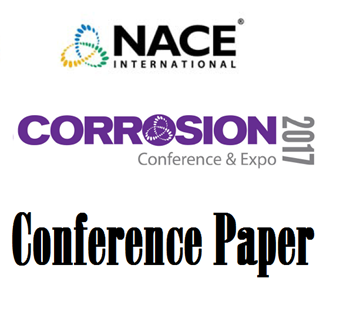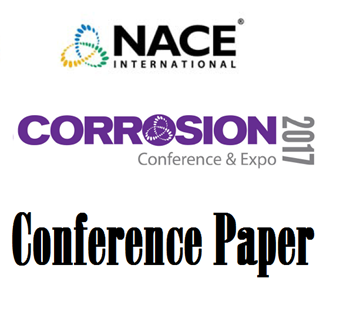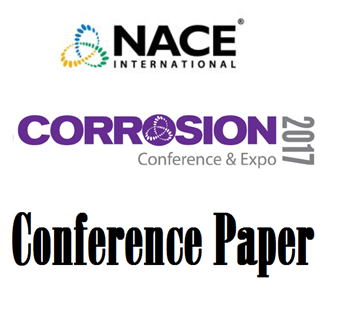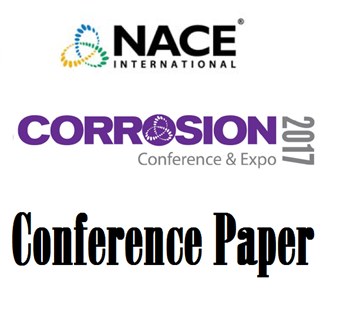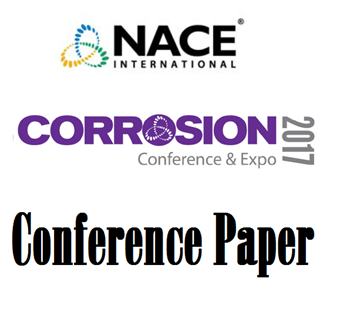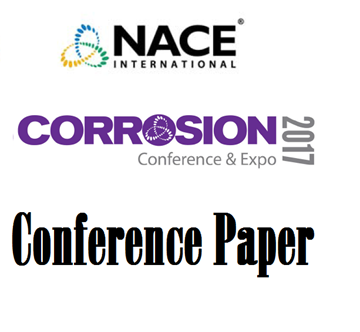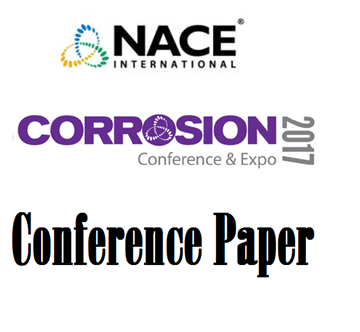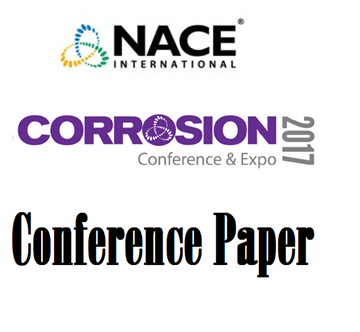Search
Products tagged with '2017 Conference Papers'
View as
Sort by
Display
per page
Effect of CP on the Occurrence of SCC in X80 and X100 Pipe Steels in a Near-Neutral pH Environment
Product Number:
51317--9147-SG
ISBN:
9147 2017 CP
Publication Date:
2017
$20.00
Effect of Crevice Former on the Crevice Corrosion of 316L Stainless Steel in Synthetic Tap Water
Product Number:
51317--9412-SG
ISBN:
9412 2017 CP
Publication Date:
2017
$20.00
Effect of Microstructural Particularities on the Corrosion Resistance of Nickel Alloy UNS N07718 – What Really Makes the Difference
Product Number:
51317--9068-SG
ISBN:
9068 2017 CP
Publication Date:
2017
$20.00
Effect of Microstructure on the Corrosion Resistance of Super Duplex Stainless Steels: Materials Performance Maps
Product Number:
51317--8923-SG
ISBN:
8923 2017 CP
Publication Date:
2017
$20.00
Effect of Solution pH on Corrosion Product Layer Formation in a Controlled Water Chemistry System
Product Number:
51317--9160-SG
ISBN:
9160 2017 CP
Publication Date:
2017
$20.00
Effect of Temperature on Adsorption Behavior and Corrosion Inhibition Performance of Imidazoline-Type Inhibitor
Product Number:
51317--9350-SG
ISBN:
9350 2017 CP
Publication Date:
2017
$20.00
Effect of the Substitution of Ni by N and Mn in Lean Duplex Stainless Steels on SCC Assisted by H2S
Product Number:
51317--8943-SG
ISBN:
8943 2017 CP
Publication Date:
2017
$20.00
Effect of Thiosulfate on the Pitting Corrosion of Nickel Base Alloys in Chloride Solutions
Product Number:
51317--9036-SG
ISBN:
9036 2017 CP
Publication Date:
2017
$20.00
Effect of Trench Breaker Foams on Pipeline Cathodic Protection
Product Number:
51317--9381-SG
ISBN:
9381 2017 CP
Publication Date:
2017
$20.00
Effect of Water Soluble Salts Affecting Long-Term Durability of Epoxy Coating on Carbon Steels
Product Number:
51317--9284-SG
ISBN:
9284 2017 CP
Publication Date:
2017
$20.00
Effective Inorganic Salt Corrosion Inhibitors for Titanium Components Exposed to Dilute Hydrofluoric Acid Well Stimulation Fluids
Product Number:
51317--8978-SG
ISBN:
8978 2017 CP
Publication Date:
2017
$20.00
Effects of Alloying Elements for Resistance to Naphthenic Acid Corrosion of 18Cr Austenitic Stainless Steels
Product Number:
51317--9057-SG
ISBN:
9057 2017 CP
Publication Date:
2017
$20.00

